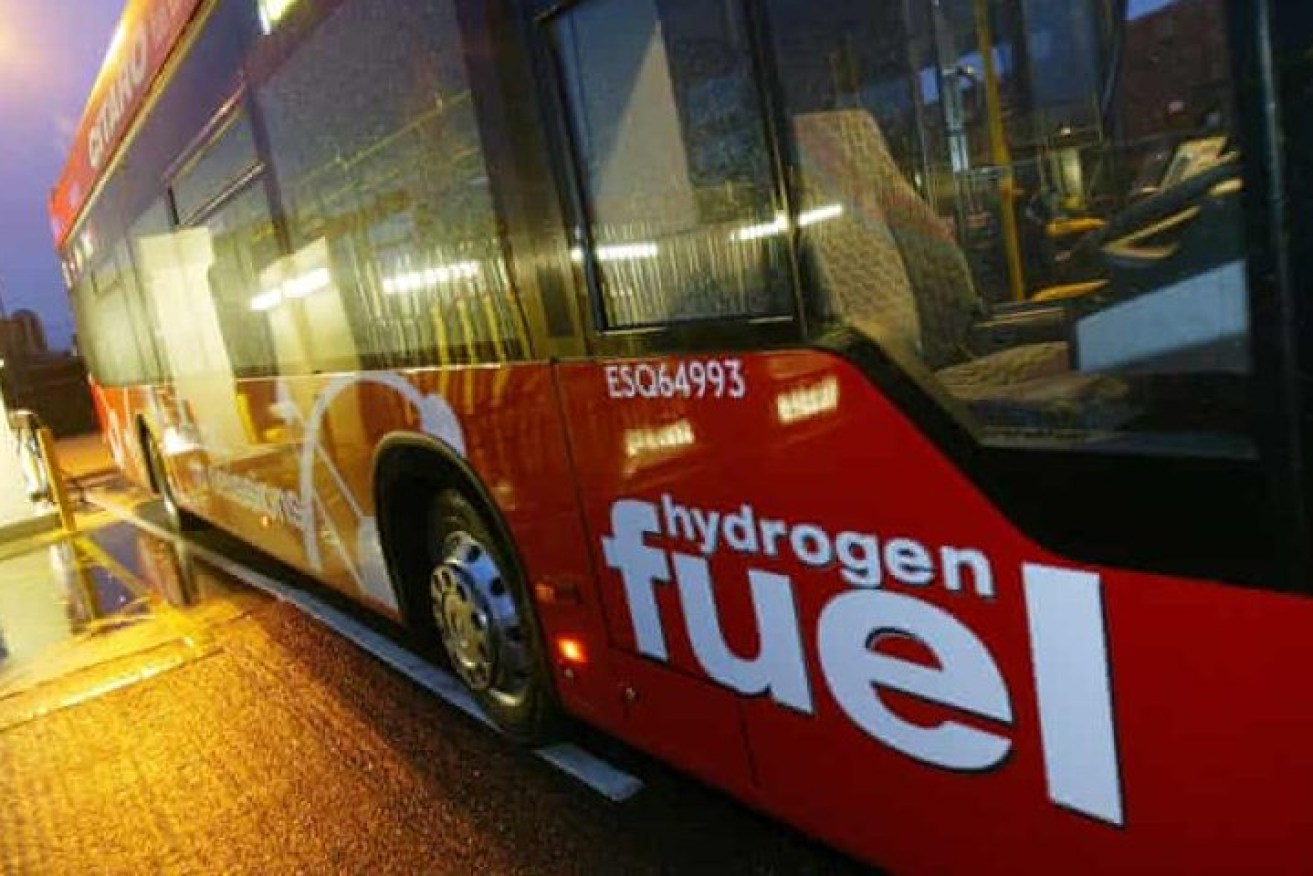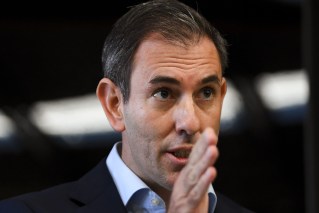Government’s hydrogen funding could lead us into some dangerous waters
If governments are going to give our money to private companies they should at least let us know what we’re getting in return, writes Robert MacDonald


HESTA has plunged $100m into a hydrogen deal with ReNu
Governments often believe they can will economic development into existence with a bit of strategic direct investment.
But can they really?
Recent history suggests that if the private sector thinks it’s a good idea, the last thing we need is government getting in the way by offering equity, or incentives.
Look at Queensland’s coal seam gas/LNG industry, which has grown from nothing to Queensland’s second-largest commodity exporter in little more than a decade, thanks to a $70 billion investment by the private sector.
The Government didn’t have to do any encouraging by way of sweeteners.
On the contrary, one of its main jobs was trying to coordinate the massive investment plans of the various competing private sector participants to make sure they weren’t trampling over each other in their rush to get to production as quickly as possible.
Compare that with the Palaszczuk Government’s approach to developing a local hydrogen energy industry, which everyone seems to agree could be the next big thing in renewable energy.
But it still needs a lot of work to make it viable.
“Australia has the resources, and the experience, to take advantage of increasing global momentum for clean hydrogen and make it our next energy export,” the Federal Government’s national hydrogen strategy, released in November 2019, says.
“There is potential for thousands of new jobs, many in regional areas – and billions of dollars in economic growth between now and 2050.
It notes, however, that “much of how this opportunity will evolve remains uncertain, but there are risks in not acting early.”
And so, Queensland, like the other Australian states, and many countries, has produced a hydrogen industry development strategy, a key plank of which is a $25 million fund to provide grants to local hydrogen projects.
The fund has already made four investments, among them a $942,000 grant to the Spicers Retreat group, to install a hydrogen plant, storage system and fuel cells to service five of its Scenic Rim eco camps.
It has also given Australian Gas networks more than $1.7 million towards a facility at Gladstone to deliver hydrogen into the city’s gas network, while in Townsville Sun Metals Corporation has received $5 million to build a hydrogen facility for its zinc refinery.
The University of Queensland has also received support for two hydrogen fuel cell buses, powered with hydrogen produced using renewable power from the university’s Gatton solar farm.
The university grant aside perhaps, a simple question is why the government is giving money to private companies to develop projects that they – the companies – presumably see as having some commercial benefit.
If these are such good ideas, why do they need government financial support?
One argument is that it’s still early days and these are pilot projects that carry risk but which, if successful, will help advance the Government’s broader agenda of developing a local hydrogen industry.
And so it makes sense for the Government to provide financial support.
Possibly, but the underlying question remains, why hand out a grant in the first place?
There are plenty of other ways governments can encourage industry development beyond just handing over a cheque.
It’s the Government, after all, that’s in charge of all the policy settings that fundamentally affect industry development – from land use to local taxes.
And getting the policy settings right is every bit as important as finding money for a good idea, and something only governments can do.
But if the Government is going to hand out public money – our money – to support private sector projects, the least it could do is let us know from time to time how our investments are going.
For instance, the State Government has invested $80 million in more than 60 “innovative Queensland businesses” since 2016 through its now-closed Business Development Fund.
And how has that gone? It’s hard to tell given the scant public information provided by the Government, which says little more than, “the fund has supported the creation of more than 400 new jobs and attracted new industries to Queensland.”
It’s impossible to find anything close to a balance sheet, detailing the funding and profits and losses to date, just some hard-to-decipher numbers on Queensland Treasury’s annual report.
But rest assured. According to Treasury, “The fund continues to manage its dozens of ongoing investments and to deliver outcomes for the respective businesses and Queensland more broadly.”
What benefit exactly? Which gets us back to the beginning.
Does a bit of strategic direct investment really help a state’s economic development?
Who knows? But if it does, perhaps the Government could actually spell it out for us.












